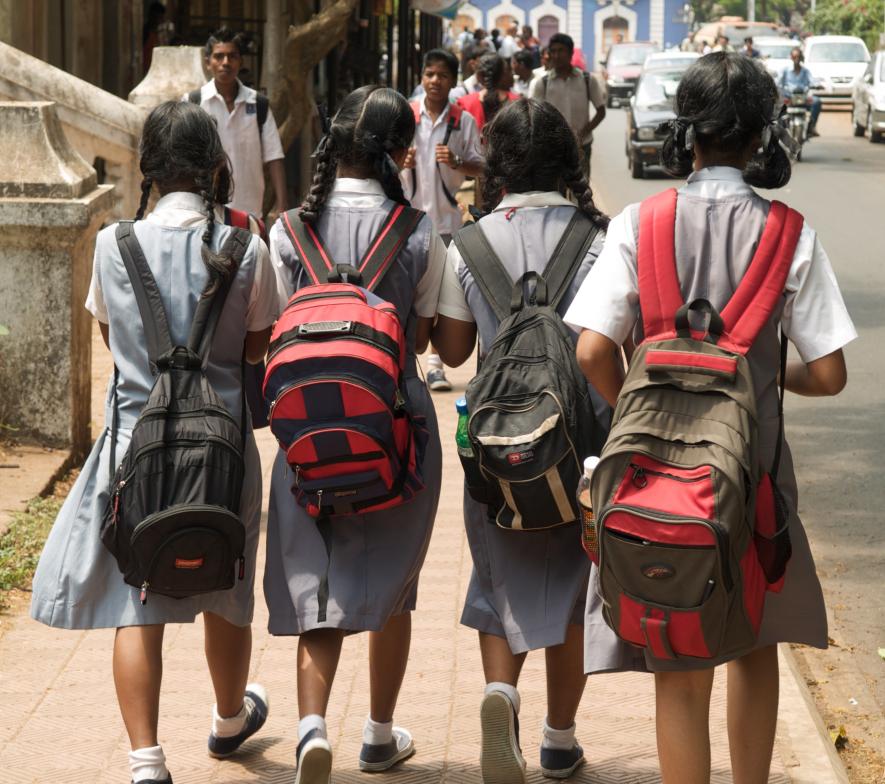
Lucknow: There has been an over 7.9% increase in the proportion of school-going children taking paid tuition classes in Uttar Pradesh in 2022, in comparison to pre-Covid-19 levels, according to the Annual Status of Education Report (ASER) 2022 launched on Wednesday.
According to the ASER, the overall enrollment to private tuition across the state has increased at all levels despite the prolonged
closure of schools. The nationwide survey was resumed after a gap of four years. However, the percentage of children in classes 1 to 8 in Uttar Pradesh taking paid private tuition increased from 15.9% in 2018 to 23.7% in 2022. Nationally, the figure stood at 30.5%.
In UP, the survey was conducted in 2,096 villages across 70 districts and included 91,158 children in the age group of 3-16 from 41,910 households.
While the enrollment of girls in schools improved in 2022, the considerable drop in their percentage at a higher secondary level remained worrisome, according to the survey.
Against the country-wide average of 2%, the percentage of girls in the age group of 11-14 years not enrolled in schools in Uttar Pradesh stood at 4%. However, this number has significantly reduced over time. It was 11.1% in 2006 and 7.4% in 2018, the findings suggested.
On the other hand, following Madhya Pradesh, Uttar Pradesh has the second highest number of girls in the 15-16 age group not enrolled in schools. Only three states—MP (17%), UP (15%), and Chhattisgarh (11.2%)—have more than 10% of girls in this age group who are out of school, even when the national average stood at 7.9%.
Sunil Kumar, state coordinator of ASER, told NewsClick that things have changed in the last few decades, but a lot still needs to be done in terms of the percentage of women’s literacy and higher education.
Under the Foundational Literacy and Numeracy (FNL) mission of the NIPUN Bharat programme launched by the Union education ministry in 2020, the goal is to cover 100% of children from class 3 by 2025. “Going by the findings of ten years, it seems an uphill task to complete the target in three years. UP still needs a big push in the coming two years,” Kumar said.
Discussing dropout rates, Kumar further said, “Uttar Pradesh has the highest dropout rates in the country in terms of girls. The overall
percentage of dropout rate is 4% in the age group of 11-14 while it increased to 15% girls in the 15-16 age group. As the age increases, the dropout rate of girls also increases. This is worrisome because it happened even after running the School Chalo Abhiyan campaign aggressively.”
Speaking to NewsClick, Naresh Paras, an Agra-based child rights activist, said he believes there are two reasons behind the dropouts of girls. “First, poverty forces teenage girls to work along with families to make ends meet. The other reason is gender gap; parents don’t allow their daughters to attend a school where the boys’ strength is stronger than girls. Further, in rural areas, girls are
levied with the responsibility to take care of her younger siblings.”
Meanwhile, to ensure 100% enrolment in primary and upper primary schools in Uttar Pradesh, Chief Minister Yogi Adityanath launched the ‘School Chalo Abhiyan’ from Shravasti district in April 2022.
“Take every child to school, register them, provide them with facilities like free uniforms, books, bags, shoes, socks and sweaters,
etc.,” Adityanath said at the inauguration event. However, there are lakhs of poor students of government primary schools in UP who lack school uniforms, shoes and bags.
Talking about the possibilities of the trend to opt for private tution, the UP coordinator of ASER further said, “The parents do not want to compromise on the quality of education. A number of private schools have been closed during Covid-19. Therefore, either any member of the family is supporting the children or sending them to private tuition for a better education.”
Courtesy: Newsclick